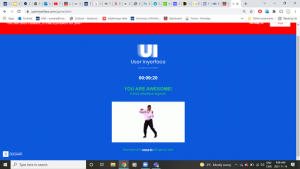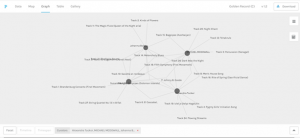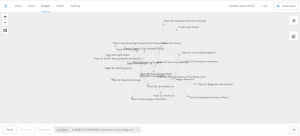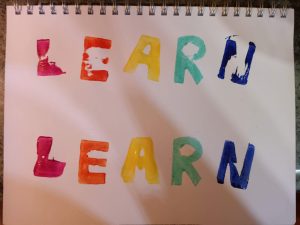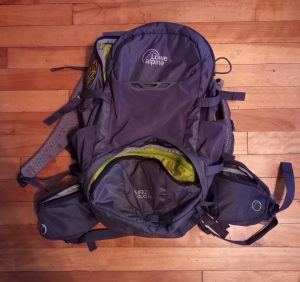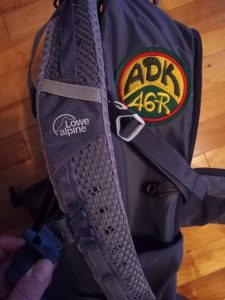“It is now easier for us to imagine the end of the world than an alternative to capitalism. Yet alternatives are exactly what we need. We need to dream new dreams for the twenty-first century as those of the twentieth century rapidly fade.” (Dunne & Raby, 2013, p. 2)
As her alarm blares, Ms. Tucker wakes to the hot sun pouring through the slits in the blinds. The sound of her air conditioner blocks out the noise of the nearby factories as it provides a slightly cooling flow of air. She blinks her eyes, and her mind begins to awaken and as she pushes herself up in bed, her joints crack as her aging body rouses from the night’s sleep. With her consciousness becoming more aware, Ms. Tucker remembers, today is the last school day of the 2051-2052 school year. What a relief that after today it is the summer break.
Another year has come and gone with students more or less the same each year. They drudge through the school, heads down as they stare at their screens that seem to be glued to their palms.
After a long time trying to encourage her students to think creatively and innovatively, Ms. Tucker is tired and ready to give up. She should be looking forward to her retirement, but she can’t afford it yet. Everything costs too much, and she has many bills to pay. Her life and career has not been easy.
Technological advancements were supposed to make life easier, but they have just made things more problematic. Algorithms were supposed to help streamline what content needed to be taught. Instead, along with grading systems, they dictate what children are taught from a young age so that their early formative years are highly segregated, and children are pigeonholed into professions from a young age. This, all in the name of capitalism and consumerism.
Technology is used in schools as a replacement for other materials but most often this technology use does not contribute to further or better understanding. Rather, it acts as an expensive replacement for the traditional tools of the 20th century.
At the end of the long and exhausting day, Ms. Tucker returns home tired. She looks in the mirror and considers what could have been.
***
As her alarm chimes, Ms. Tucker wakes to sun streaming through the slits in the blinds. A soft breeze carries the sounds of birds chirping through the open window. She blinks her eyes and her mind begins to awaken and as she pushes herself up in bed, her joints crack as her aging body rouses from the night’s sleep. With her consciousness becoming more aware, Ms. Tucker remembers, today is the last school day of the 2051-2052 school year and her last day as a teacher; she has reached retirement after a long, exciting, and fulfilling career.
Technology and innovation have played significant roles in ameliorating the educational system. Teachers use algorithms to inform their planning of learning activities for their classrooms by identifying interests of their students. This supports teachers in creating exciting and engaging learning opportunities. By focusing on teaching skills and encouraging positive learning opportunities, teachers and schools have been able to foster an atmosphere that emphasizes the importance of lifelong learning. What’s more, curriculums focus on aiding students to recognize and develop the skills that will help them continue to adapt to a world that itself is continuing to evolve at a quick pace.
Over the years, evaluation procedures have been transformed significantly so that they no longer resemble the systems from the beginning of her career. Schools have shifted to gradeless systems in which students are provided with qualitative feedback. Students are involved in this process so that reflection and self-assessment skills are developed simultaneously with other learning.
During her career, Ms. Tucker has remained curious, and she has encouraged her students to be curious by fostering an environment in which students are inspired to ask questions and think outside the box. This has ultimately led to students being more creative in addition to curious.
After a day of heartfelt farewells, Ms. Tucker is proud of the job she has done. Upon returning home she glances in the mirror and reflects on her career. She is grateful for the innovations that have made her career and life fulfilling.
References
Dunna, A., & Raby, F. (2013). Speculative everything: Design, fiction, and social dreaming. The MIT Press. Retrieved from https://muse-jhu-edu.eu1.proxy.openathens.net/book/28148/#info_wrap
